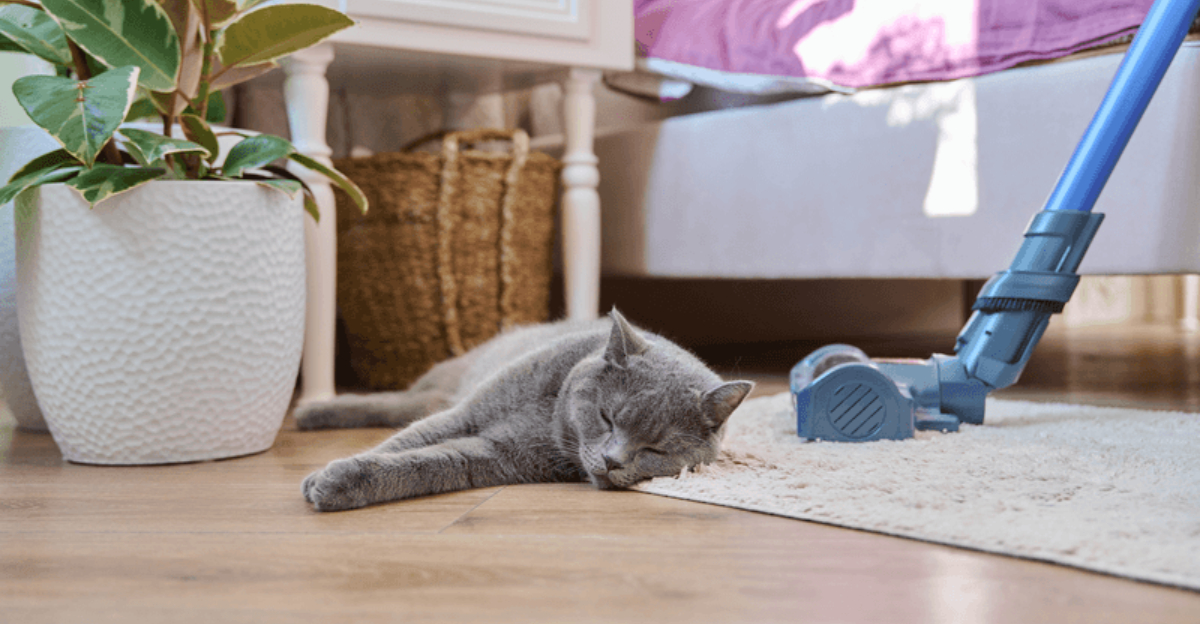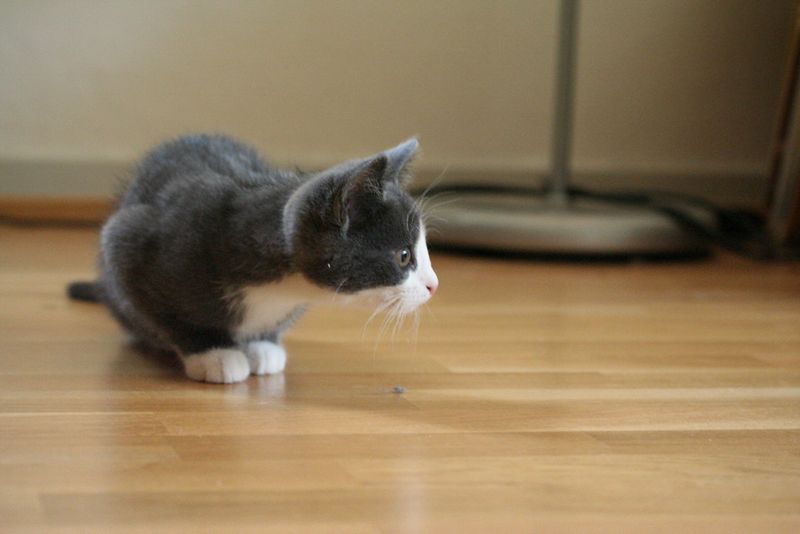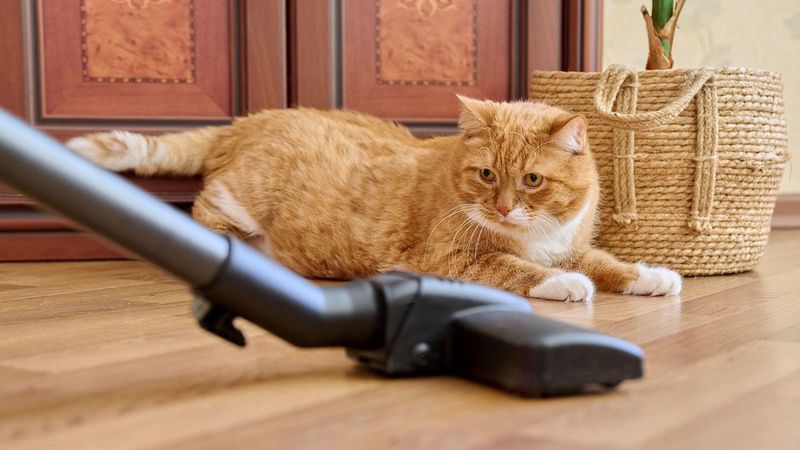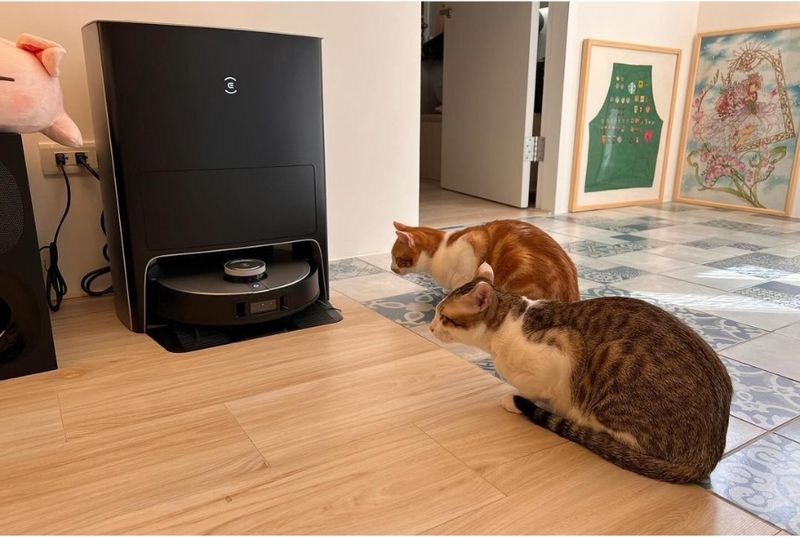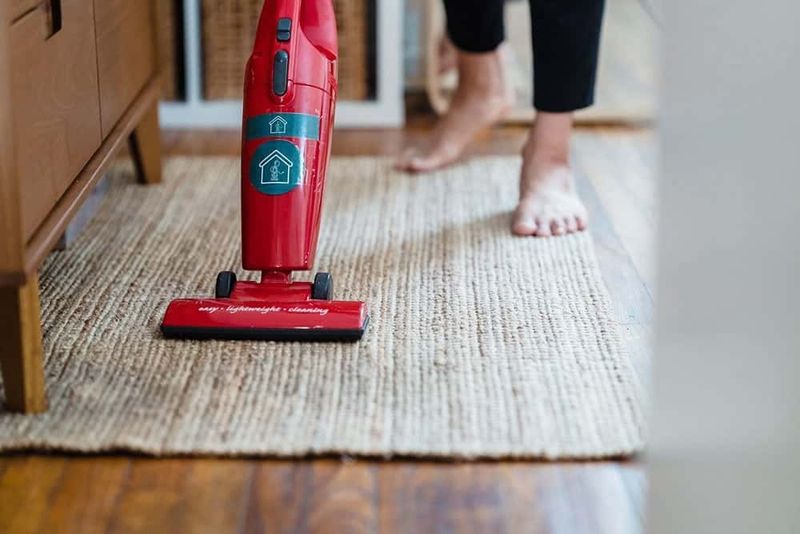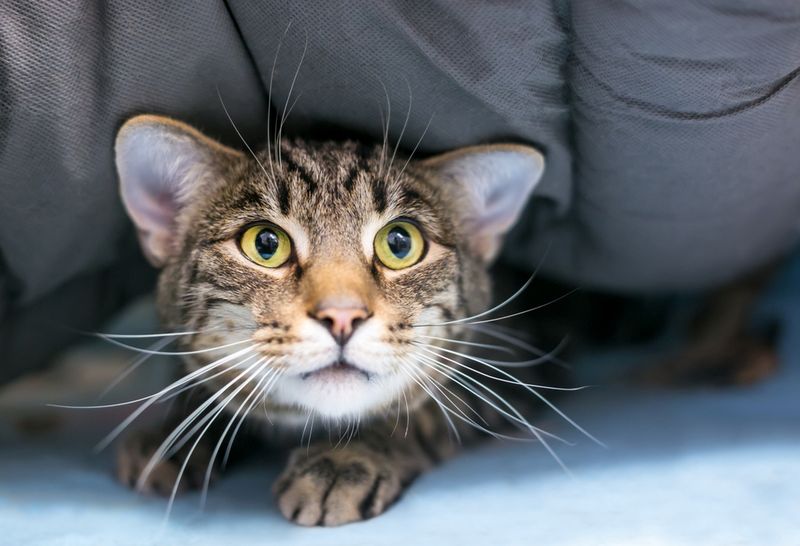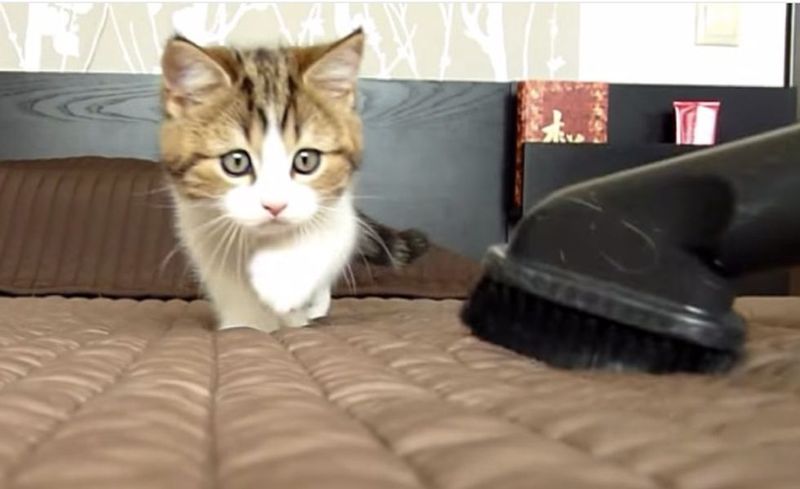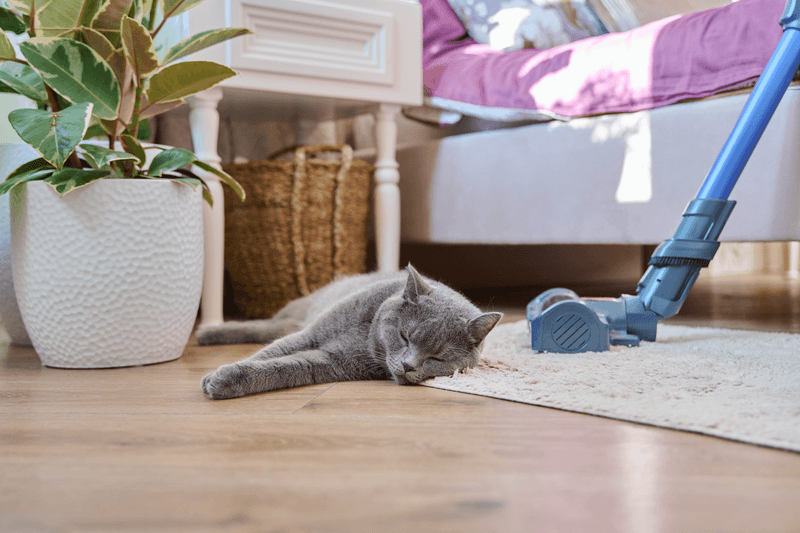📖 Table of Content:
If you’re a cat owner, you’ve likely witnessed the panicked dash your feline friend makes the moment the vacuum cleaner roars to life. While it’s amusing at times, chronic fear of the vacuum can cause unnecessary stress for your pet and make routine cleaning more difficult for you. Fortunately, with patience and the right approach, it’s entirely possible to help your cat feel more at ease around this noisy household necessity.
Cats are creatures of habit who thrive on familiarity and control over their environment. When something as loud and unpredictable as a vacuum invades their space, it can trigger their natural flight response. By thoughtfully introducing the vacuum in stages and using positive reinforcement, you can reshape your cat’s response over time—turning it from a terrifying monster to just another harmless machine.
The key lies in desensitization: a gradual exposure process paired with trust-building techniques. With the seven proven tips below, you’ll be equipped to guide your cat toward a calmer, more confident reaction to vacuuming sessions. It may take time, but the reward—less stress for both you and your furry companion—is well worth the effort.
1. Start with Distance Exposure
Placing the vacuum cleaner in your home without turning it on is an excellent first step toward desensitization. Allow your cat to observe it from a distance without any pressure or expectation. Over time, they may become curious enough to sniff or investigate it, especially if you’re casually present in the same room. There’s no need to coax or force them—just let it happen organically. Use treats or their favorite toys to reinforce calm behavior during these early encounters. These positive associations help reframe their perception of the vacuum as non-threatening. Repeat this step for several days before advancing to more active forms of exposure. Patience here is foundational to future progress.
2. Desensitize with Scent and Presence
Infusing the vacuum cleaner with your cat’s scent can dramatically reduce its perceived threat level. Rubbing the machine with a cloth or blanket that your cat regularly sleeps on transfers familiar scents, essentially making the vacuum smell “safe.” Leaving the vacuum out in a visible but non-intrusive spot allows your cat to become accustomed to its presence without being startled by its sudden appearance. This constant exposure slowly chips away at the idea that the vacuum is a foreign invader. You may notice your cat even using it for a quick rub or sniff after a few days. Their comfort will grow if it’s just another unmoving part of their environment. The goal here is to neutralize the mystery surrounding the object. Trust builds when nothing unexpected happens.
3. Use the Vacuum While It’s Off
Pushing the vacuum around while it’s turned off introduces motion without fear-inducing sound. This teaches your cat that the vacuum is capable of movement but not inherently dangerous. You might start by rolling it slowly across the floor while your cat watches from a safe spot. Be sure to reward your cat with treats or soft words if they remain calm, even from a distance. If they startle or run, pause the session and try again later. The point is not to flood them with stress but to build tolerance gradually. Over time, the rolling machine will stop being such a mysterious force. Repetition in a calm setting goes a long way.
4. Introduce Vacuum Sounds Gradually
Playing recorded vacuum noises at a low volume introduces your cat to the sound without the intensity. Choose a time when your cat is already relaxed—perhaps during mealtime or playtime—to press play. Begin at a barely-audible level, and only increase it when your cat no longer seems bothered. This slow ramp-up allows their nervous system to adjust without overwhelming them. Some cats might glance up or twitch their ears, but if they don’t flee, that’s a win. Use treats during these sessions to create an even stronger positive association. Think of this step as sound training in a controlled environment. The key is to never rush or surprise them.
5. Turn It On in Another Room First
Running the vacuum in a different room is a gentle way to introduce the real sound in a less intrusive way. Thick walls or closed doors help dampen the noise, allowing your cat to hear it without being overwhelmed. Start by turning it on for just a few seconds and gradually increase both duration and proximity over days. Keep an eye on your cat’s body language—ears back, hiding, or tail flicking means you should dial it back. When they seem more relaxed despite the background hum, you’re ready to move it closer. This approach helps acclimate them without activating their fight-or-flight response. Distance can be your greatest asset in this stage. Remember: calm exposure is always more effective than direct confrontation.
6. Associate the Vacuum with Positive Experiences
Transforming vacuum time into treat time can completely flip your cat’s emotional response. Each time the vacuum appears—whether it’s being moved, plugged in, or even powered on—offer a high-value treat or favorite toy. These positive experiences gradually teach your cat that the vacuum predicts something pleasant, not terrifying. It’s crucial that the treats are only given during vacuum-related moments to strengthen the association. Over time, your cat might even look forward to its appearance (or at least tolerate it). You’re essentially training a new emotional pattern by layering good things over a formerly scary situation. Consistency and timing make this method work best. If done right, your cat could go from panicked to curious.
7. Keep Sessions Short and Predictable
Limiting vacuuming to short, scheduled sessions makes the experience less chaotic for your cat. Instead of one long, noisy episode, aim for brief, manageable periods that occur at roughly the same time each day or week. Predictability helps your cat mentally prepare for the noise, rather than being caught off guard. Always start in a different room from where they’re resting, and consider giving them access to a safe hiding spot. Short bursts also reduce the likelihood of overwhelming them and help you gauge their comfort over time. With routine exposure, many cats learn to tolerate—or even ignore—the vacuum entirely. Structure builds confidence in anxious animals. You’re teaching your cat that the monster has a schedule.
